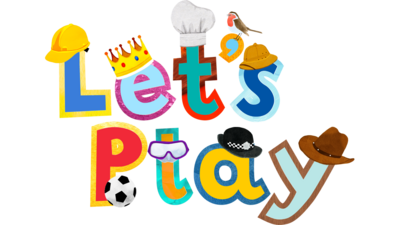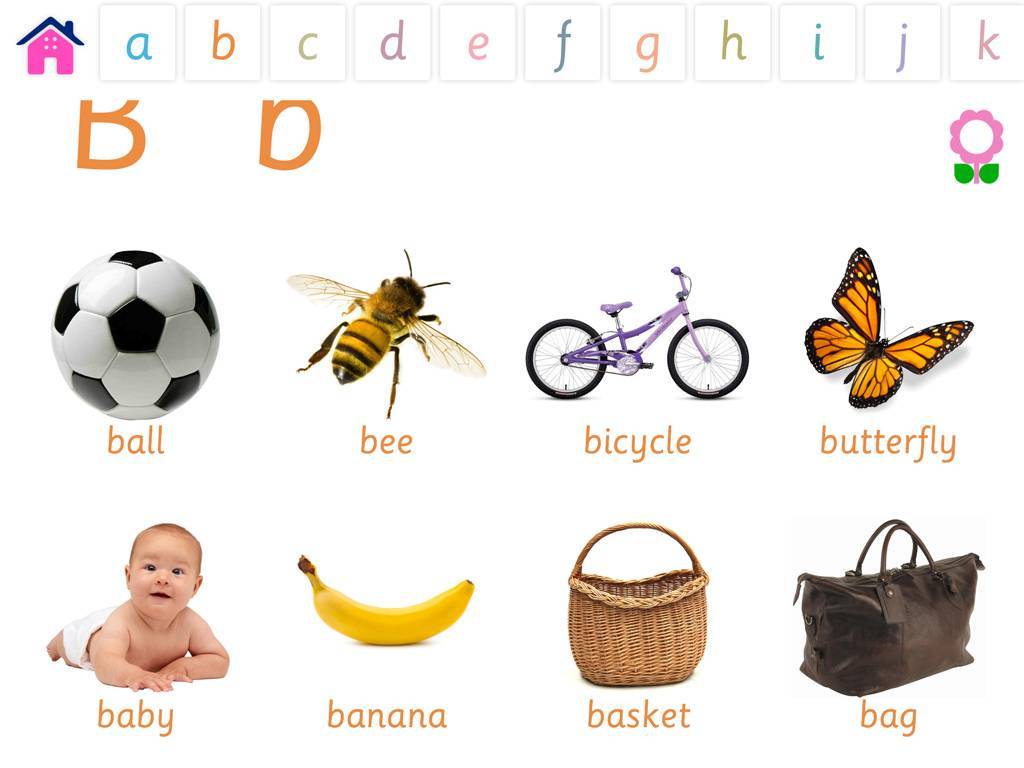 So you’ve completed a thorough evaluation of your student’s speech and language abilities and are in the process of creating goals and objectives to target in sessions. The problem is that many of the students on our caseloads present with pervasive deficits in many areas of language.
So you’ve completed a thorough evaluation of your student’s speech and language abilities and are in the process of creating goals and objectives to target in sessions. The problem is that many of the students on our caseloads present with pervasive deficits in many areas of language.
While it’s perfectly acceptable to target just a few goals per session in order to collect good data, both research and clinical experience indicate that addressing goals comprehensively and thematically (the whole system or multiple goals at once from the areas of content, form, and use) via contextual language intervention vs. in isolation (small parts such as prepositions, pronouns, etc.) will bring about the quickest change and more permanent results.

So how can that be done? Well, for significantly language impaired students it’s very important to integrate semantic language components as well as verbal reasoning tasks into sessions no matter what type of language activity you are working on (such as listening comprehension, auditory processing, social inferencing and so on). The important part is to make sure that the complexity of the task is commensurate with the student’s level of abilities.

Let’s say you are working on a fall themed lesson plans which include topics such as apples and pumpkins. As you are working on targeting different language goals, just throw in a few extra components to the session and ask the child to make, produce, explain, list, describe, identify, or interpret:
- Associations (“We just read a book about pumpkin: What goes with a pumpkin?”)
- Synonyms (“It said the leaves felt rough, what’s another word for rough?”)
- Antonyms (“what is the opposite of rough?”)
- Attributes 5+ (category, function, location, appearance, accessory/necessity, composition) (“Pretend I don’t know what a pumpkin is, tell me everything you can think of about a pumpkin”)
- Multiple Meaning Words (“The word felt has two meanings, it could mean _____ and it could also mean _______”)
- Definitions (“what is a pumpkin”)
- Compare and Contrast (“How are pumpkin and apple alike? How are they different?”)
- Idiomatic expressions (“Do you know what the phrase turn into a pumpkin means?” )
Ask ‘why’ and ‘how’ questions in order to start teaching the student how to justify, rationalize, evaluate, and make judgments regarding presented information (“Why do you think we plant pumpkins in the spring and not in the fall?”)
Don’t forget the inferencing and predicting questions in order to further develop the client’s verbal reasoning abilities (“What do you think will happen if no one picks up the apples from the ground?)
If possible attempt to integrate components of social language into the session such as ask client to relate to a character in a story, interpret the character’s feelings (“How do you think the girl felt when her sisters made fun of her pumpkin?”), ideas and thoughts, or just read nonverbal social cues such as body language or facial expressions of characters in pictures.
Select materials which are both multipurpose and reusable as well as applicable to a variety of therapy goals. For example, let’s take a simple seasonal word wall such as the (free) Fall Word Wall from TPT by Pocketful of Centers. Print it out in color, cut out the word strips and note how many therapy activities you can target for articulation, language, fluency, literacy and phonological awareness, etc.
Language:
Practice Categorization skills via convergent and divergent naming activities: Name Fall words, Name Halloween/Thanksgiving Words, How many trees whose leaves change color can you name?, how many vegetables and fruits do we harvest in the fall? etc.
Practice naming Associations: what goes with a witch (broom), what goes with a squirrel (acorn), etc
Practice providing Attributes via naming category, function, location, parts, size, shape, color, composition, as well as accessory/necessity. For example, (I see a pumpkin. It’s a fruit/vegetable that you can plant, grow and eat. You find it on a farm. It’s round and orange and is the size of a ball. Inside the pumpkin are seeds. You can carve it and make a jack o lantern out of it).
Practice providing Definitions: Tell me what a skeleton is. Tell me what a scarecrow is.
Practice naming Similarities and Differences among semantically related items: How are pumpkin and apple alike? How are they different?
Practice explaining Multiple Meaning words: What are some meanings of the word bat, witch, clown, etc?
Practice Complex Sentence Formulation: what happens in the fall? Make up a sentence with the words scarecrow and unless, make up a sentence with the words skeleton and however, etc

Phonological Awareness:
Practice Rhyming words (you can do discrimination and production activities): cat/bat/ trick/leaf/ rake/moon
Practice Syllable and Phoneme Segmentation (I am going to say a word (e.g., leaf, corn, scarecrow, etc) and I want you to clap one time for each syllable or sound I say)
Practice Isolation of initial, medial, and final phonemes in words ( e.g., What is the beginning/final sound in apple, hay, pumpkin etc?) What is the middle sound in rake etc?
Practice Initial and Final Syllable and Phoneme Deletion in Words (Say spider! Now say it without the der, what do you have left? Say witch, now say it without the /ch/ what is left; say corn, now say it without the /n/, what is left?)
Articulation/Fluency:
Practice production of select sounds/consonant clusters that you are working on or just production at word or sentence levels with those clients who just need a little bit more work in therapy increasing their intelligibility or sentence fluency.
So next time you are targeting your goals, see how you can integrate some of these suggestions into your data collection and let me know whether or not you’ve felt that it has enhanced your therapy sessions.
Happy Speeching! 
Helpful Resources:
- Creating Functional Therapy Plan
- Selecting Clinical Materials for Pediatric Therapy
- Vocabulary Development: Working With Disadvantaged Populations
- General Assessment and Treatment Start-Up Bundle






 In this post, I am continuing my series of articles on speech and language assessments of children under 3 years of age. My first installment in this series offered suggestions regarding what information to include in
In this post, I am continuing my series of articles on speech and language assessments of children under 3 years of age. My first installment in this series offered suggestions regarding what information to include in  As mentioned in my previous post on
As mentioned in my previous post on  Developmental Milestones expected of a 16-18 months old toddler:
Developmental Milestones expected of a 16-18 months old toddler:  Play Skills/Routines:
Play Skills/Routines: Materials to use with the child to promote language and play:
Materials to use with the child to promote language and play:  Core vocabulary categories for listening and speaking:
Core vocabulary categories for listening and speaking: Summer is in full swing and for many SLPs that means a welcome break from work. However, for me, it’s business as usual, since my program is year around, and we have just started our extended school year program.
Summer is in full swing and for many SLPs that means a welcome break from work. However, for me, it’s business as usual, since my program is year around, and we have just started our extended school year program.

 After the completion of the screening, the app generates a two-page report which describes the students’ abilities as:
After the completion of the screening, the app generates a two-page report which describes the students’ abilities as: The Profile of Phonological Awareness (Pro-PA), an informal phonological awareness screening was administered to “Justine” in May 2017 to further determine the extent of her phonological awareness strengths and weaknesses.
The Profile of Phonological Awareness (Pro-PA), an informal phonological awareness screening was administered to “Justine” in May 2017 to further determine the extent of her phonological awareness strengths and weaknesses.

